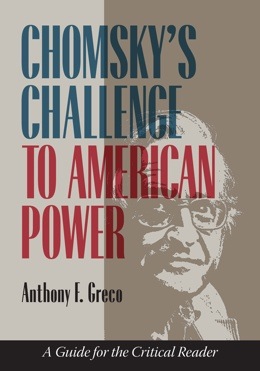The question that I raised in a post a few months ago has gotten a lot of play in the media lately, probably sparked by the surprise victory of the self-described socialist, neophyte Alexandria Ocasio Cortez, in a New York Democratic primary over veteran party leader Congressman Joseph Crowley. The question is how Democrats can best aim to win elections in 2018 and 2020. Should they stay moored to the center of the political spectrum, to capture the sympathies of moderate voters who might be inclined to vote Republican but are repulsed by the immoderation of the Trump GOP? Or should they turn left, with an aggressively progressive populist program that will excite the increasingly leftish Democratic base while recapturing some of the voters who fell for Trump’s faux populism in 2016?
Much of the talk has reflected concern that the Democrats are lurching too far to the left. A somewhat hyperbolic headline on the front page of last Sunday’s NY Times, “Democrats Brace as Storm Brews Far to their Left,” is fairly typical of pieces that have appeared in various media over the past couple of weeks. The story described the fear expressed by various Democratic leaders that Democratic candidates espousing excessively leftist platforms will scare off more moderate voters, spoiling the party’s chances in this year’s midterm elections. I agree with Michele Goldberg (as I usually do) that such fears are overblown.
For one thing, I haven’t seen any positions taken by any of this year’s Democratic candidates that are truly extreme. A number of self-described democratic socialists are running, and some have already won, for state and local offices, but I’m quite sure that none of these candidates has embraced the traditional socialist advocacy of public ownership of industry. For the most part, progressive Democrats aren’t advocating anything that isn’t commonplace among the world’s advanced democracies. A universal right to healthcare? Commonplace. Free college education? Ditto. The most extreme proposal that is being tossed around these days is a federal jobs guarantee, but even this genuinely radical idea gets very decent support in public opinion polls. We can debate the wisdom of these ideas, but the plain fact is that progressive populist policy positions are broadly popular with the electorate. And thanks to the Republicans’ giant (and unpopular) tax cut, they are less than usually vulnerable to the usual riposte, “How you gonna pay for all these goodies?” You can’t credibly complain that we don’t have any money for this stuff when you’ve just taken so much money away. I would add that polls have long shown strong support for higher taxes on the rich.
The belief that Democrats shouldn’t stray far from the center reflects the entrenchment in the minds of many political and media folk of something called the median voter theorem. The MVT basically sees most voters’ views as locatable somewhere on the left-to right political spectrum, with a large clump of them right around the middle (what’s called a bell-curve distribution). Winning candidates will be those who compete successfully for that large group of centrist, presumably changeable, voters. I think there have always been problems with the MVT, but it’s especially dubious in the highly polarized political time we are living in right now. There is no big bulge of centrist voters. As a result, political success is often more about getting your own partisans out to vote than it is about persuading wavering centrists. I think Goldberg gets it right when she says that “…in a polarized electorate, grass-roots fervor and a candidate’s charisma matter a lot, and an agenda that seems too modest can be as risky as one that appears overly ambitious.”
To be clear, I am not suggesting that Democrats can safely move left anywhere and everywhere. This is a big country, and smart, pragmatic candidates will and should tailor their platforms to their local constituencies. There should be room for centrists in the Democratic Party, if only because there’s none for them in the GOP. And, while I personally am cheered by the party base’s leftward tendencies, I’m still not sure which way the party needs to go to take down Trump in 2020. There’s still plenty of time to figure that out.
Correction
An alert and well-informed reader has pointed out to me that the median voter theorem doesn’t necessarily assume a bell curve distribution of voter political orientations. I was relying on my faulty memory of a concept I hadn’t revisited in many years, and I apologize for the inaccuracy. My larger point remains sound: the median voter theorem looks weaker in a time of intense political polarization.




Al Wegener July 29, 2018 at 5:56 pm
For me, the big job for the democrats in 2018 is to GET THE VOTE OUT and hit health care hard. For 2020, it is to show that Trump’s policies have failed, not worked and just good for the CEOs and elite.